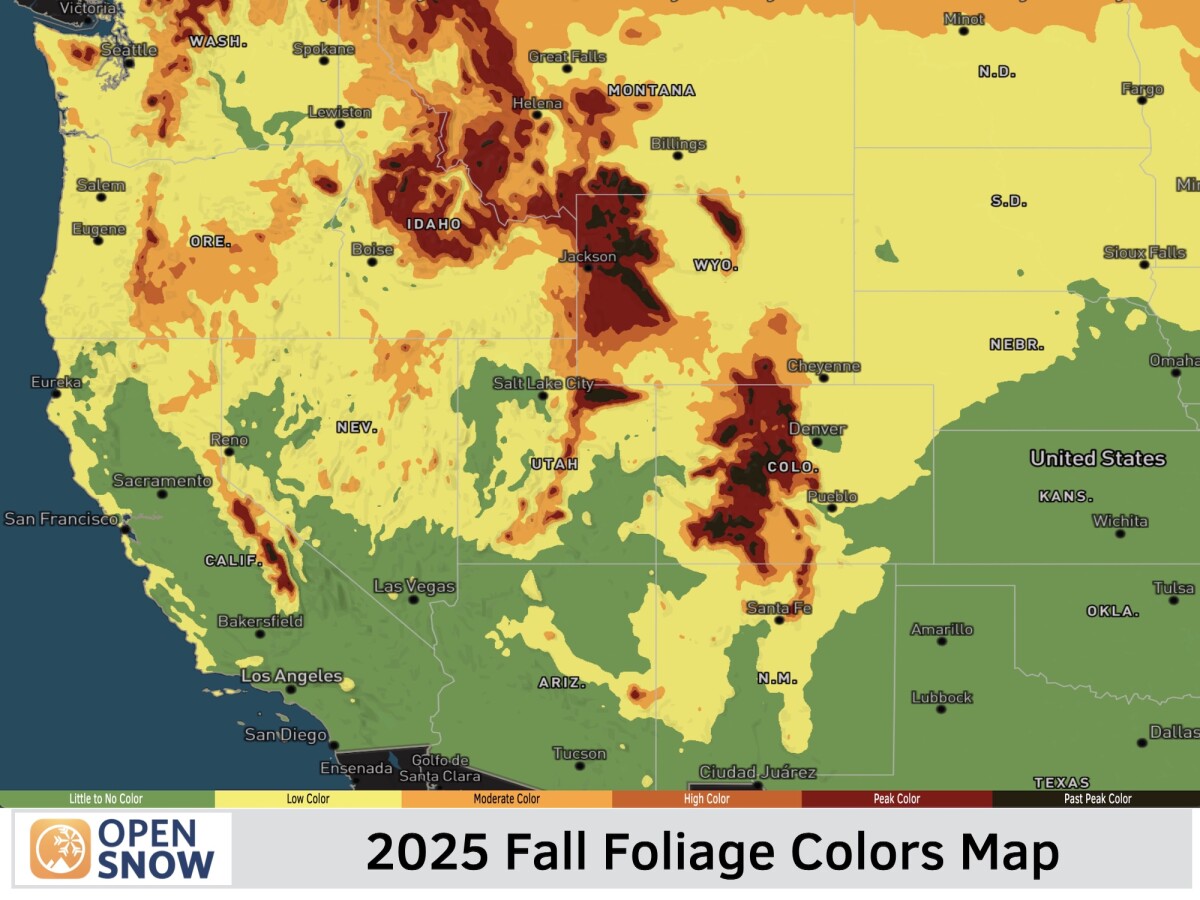News

By Bryan Allegretto, Forecaster Updated 6 months ago January 20, 2025
Orographic Lift, Explained
Creating snow takes two main ingredients – moisture and rising air.
When air rises, it expands due to lower pressure at higher elevations. Expanding air cools, and cooler air allows the moisture in the air to condense into precipitation, changing from a vapor state to a liquid or solid state, depending on temperature.
This precipitation will fall as snow when temperatures are cold enough.
One of the main ways to get rising air is for the wind to hit a mountain and be forced to go up. This is called orographic lift. Let’s look at what orographic lift is and how it creates mountain snow.

The term "orographic lift" is a fancy name with a very simple meaning. When moving air hits a mountain and is forced to rise up and over the mountain, it is called orographic lift.
This simple concept is such a powerful lifting force in the atmosphere that it is responsible for many of the big snowfalls that bring powder to our favorite mountains.
When air runs into a mountain, the side of the mountain that it hits first is called the windward side. This is where air is forced to rise, and this is the side of the mountain that often sees the heaviest precipitation.
The opposite side of the mountain is called the leeward side and usually sees much less precipitation. The reason is that air is descending on the leeward side of the mountain, and descending air is warmer and drier, which is the opposite of ascending air.
One caveat to the concepts of 'windward' and 'leeward' is that while much of the snow can be created on the windward side, you can still find powder on the upper leeward sides of mountains because wind can blow the snowflakes from the windward side to the leeward side.
Orographic lift is why you will usually see some of the highest precipitation and snowfall amounts forecast over the tallest elevations.
Here is an example snow forecast from February 20, 2023.

When forecasting snow for mountains in your area, the biggest forecasting secret is to find the wind direction that favors rising air. Wind flowing freely, hitting a mountain head-on, and being forced to rise will create the heaviest snowfall. Conversely, if the direction of the wind will force it to hit taller peaks before arriving at your favorite ski area, your ski area will see less snowfall because the air will descend from the taller peaks.
If you are forecasting mountain snowfall, look for weather models that show the wind direction near the tops of your local mountains.
For the eastern U.S. and lower mountains, the 850mb map shows the wind direction at about 5,000 feet above sea level.
For the western U.S. and higher mountains, use the 700mb map to see the wind direction at about 10,000 feet. In both cases, you’ll want to find winds that are at least 10 mph and faster. Slower wind speeds don’t force the air to rise as rapidly, resulting in weak orographic lift and lower snowfall rates.
Orographic lift is one of the main ingredients when forecasting snow for the mountains. If you can forecast the wind direction that will maximize orographics, you should be able to create a more accurate forecast.
Download the free OpenSnow app for the most accurate snow forecast and snow report information and stay tuned to our weather forecasts for the latest updates.
BA
About The Author




